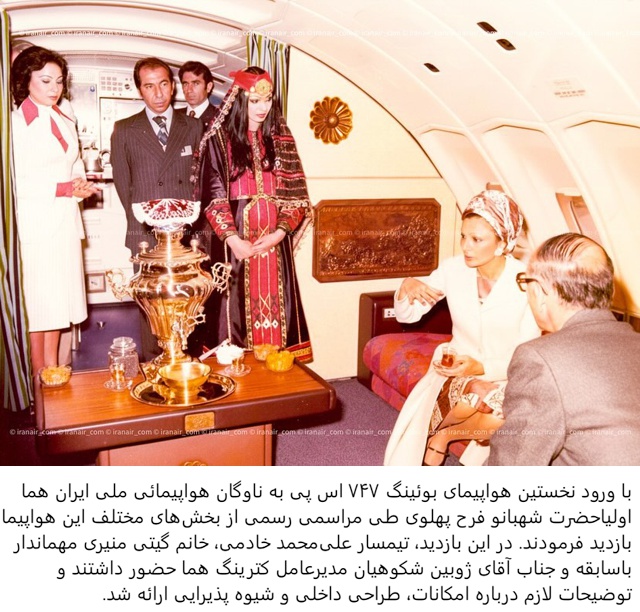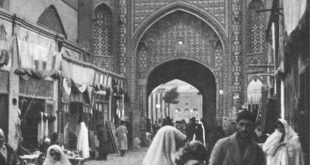In the mid-1970s, was in the midst of rapid modernization and global ambition. Under the Pahlavi monarchy, symbols of progress and technological advancement became deeply intertwined with national identity — none more evocative than the introduction of wide-body “jumbo jets” into the country’s flag carrier, Homa. Homa placed orders for Boeing 747 aircraft in the early 1970s, joining an exclusive club of airlines flying the world’s first generation of jumbo jets. The 747, with its enormous size, long range, and technical sophistication, was not only a marvel of engineering but also a tangible sign was playing in the big leagues of international aviation.
These aircraft provided homa with the ability to launch long-haul, non-stop flights to global destinations. For the Pahlavi regime, these jets were a flying emblem of national prestige — glamorous, modern, and forward-looking. Imagine then Farah Pahlavi, the Shahbanu (Empress), visiting Homa’s first 747. As a patron of education, arts, and cultural advancement, Farah Pahlavi’s tour of the jumbo jet would signal royal endorsement of technological and economic progress. Her interest in aviation achievements could be framed as part of her larger vision of a modern, internationally respected.


